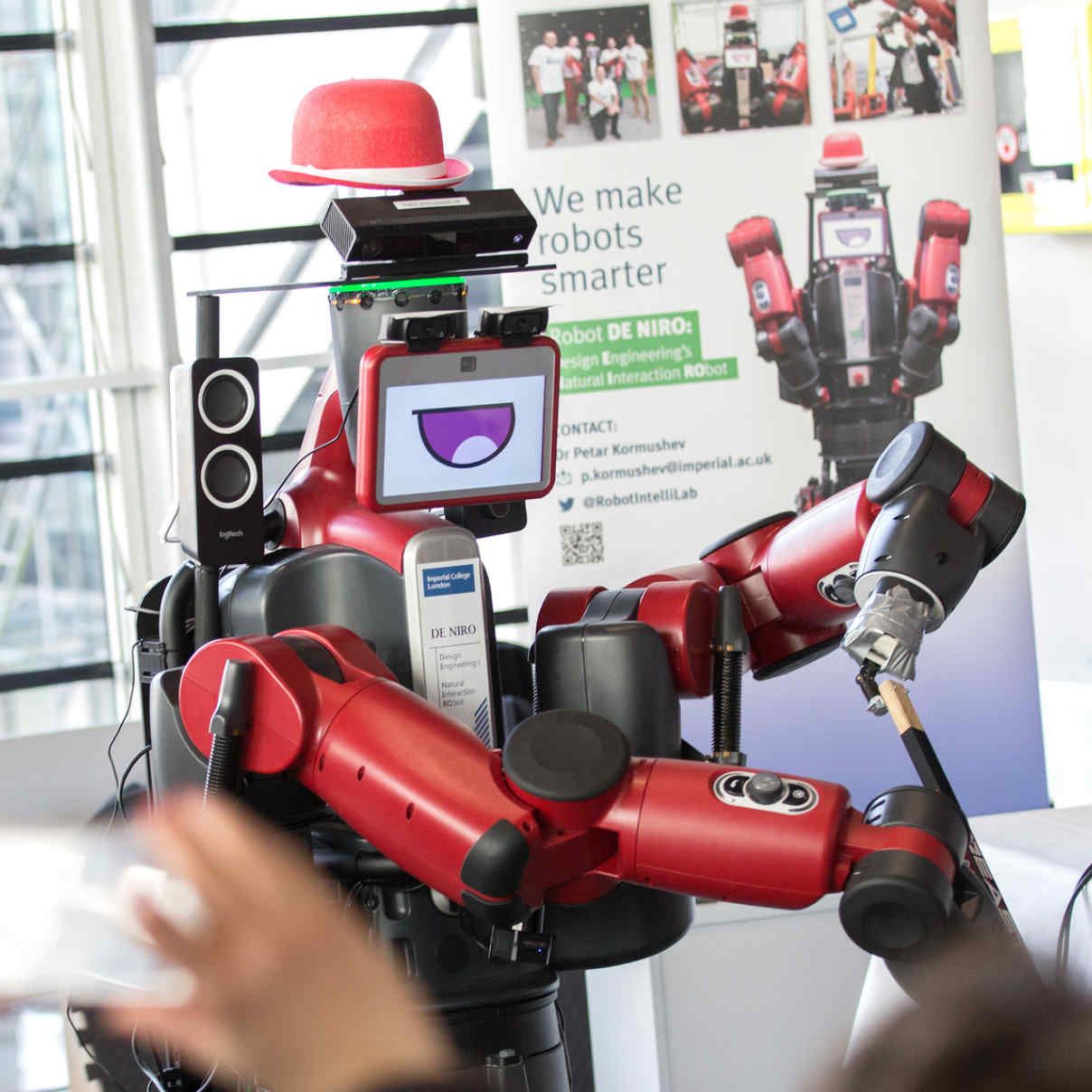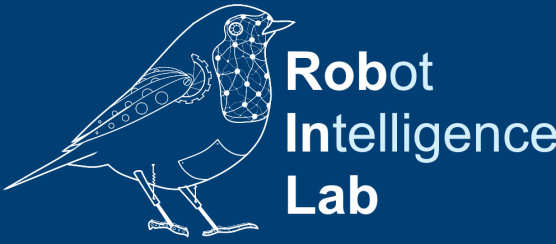BibTex format
@article{Saputra:2021:10.1109/ACCESS.2021.3063782,
author = {Saputra, RP and Rakicevic, N and Chappell, D and Wang, K and Kormushev, P},
doi = {10.1109/ACCESS.2021.3063782},
journal = {IEEE Access},
pages = {39656--39679},
title = {Hierarchical decomposed-objective model predictive control for autonomous casualty extraction},
url = {http://dx.doi.org/10.1109/ACCESS.2021.3063782},
volume = {9},
year = {2021}
}


